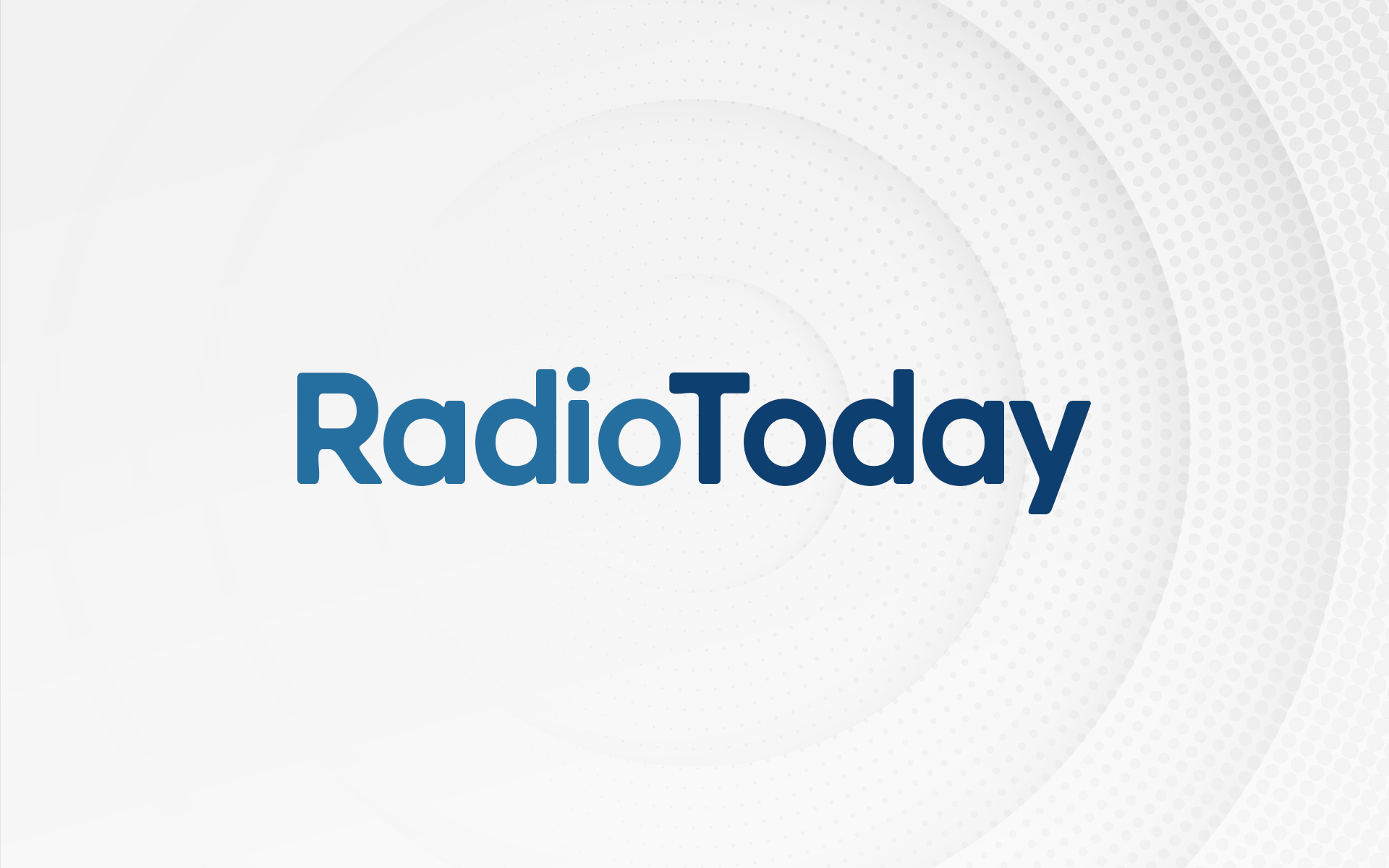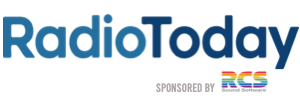
Go Digital Day: Ed Vaizey’s speech in full
Here’s Ed Vaizey’s full speech from the Go Digital radio conference today, in which the Arts and Culture Minister didn’t commit to a switchover date for DAB.
“It is a real privilege to be here today and I want to start by thanking the BBC for hosting today’s conference and DRUK for organising this event.
The radio industry is in the midst of probably its greatest ever period of change – certainly the greatest change since the birth of commercial radio.
The shift to digital is growing steadily year on year. Listeners have the widest range of choice – DAB, on TV, internet moderated by increasingly sophisticated sites and by smart phones opening up new audiences.
In 2010 we inherited from the previous Government an ambitious goal to switchover to digital.
We supported that ambition. And we established the Digital Radio Action Plan to inject momentum, and encourage the industry to work together to try and achieve that goal.
I am grateful to the broadcasters and other key stakeholders from industry and consumer groups – many of whom are in the audience today – for the support given to the Action Plan programme over the past 3 years.
We have achieved a huge amount. ### There has been a massive increase in coverage.
The BBC’s national DAB network now reaches 94% of homes, up from 85% in 2010.
The commercial national DAB network (Digital One) coverage is now at 89%, including launching in Northern Ireland in July this year, up from 84.5% in 2010
And local DAB coverage has increased from 66% in 2010 to more than 72% of households.
We have launched eight local multiplexes in the past 18 months alone. A ninth, in Surrey, was launched on Thursday alongside Eagle 3 the newest digital only radio station.
There has been a huge growth in the number of digital radio stations.
Back in 2009, there were only 4 national commercial digital stations in the UK. Now there are 14. This proliferation in stations means that the national commercial digital multiplex (Digital One) is now full.
In most of the UK listeners can now receive more than 20 additional digital-only national and local stations on DAB.
More people are listening to digital radio than ever before.
Digital’s share of listening now at 35.6%, up from 21.1% in 2009; In the last 3 years, total hours of listening to the BBC’s national digital-only stations has more than doubled.
BBC 6 Music is now the number one BBC digital-only station with over 1.7 million listeners a week.
Radio 4 Extra now has 50% more listeners since its rebrand from BBC Radio 7.
Since its launch at the end of 2009, Absolute 80s has gone from strength to strength. It is now the number one commercial digital-only station, with over 1.2 million weekly listeners.
UK Radioplayer, a ground-breaking partnership between the BBC and commercial radio, now has around 7m unique users a month.
Radio is increasingly visible on smartphones and connected devices, with stations offering their own customised apps.
The number of digital radios has hugely increased
Sales of DAB radios have held up during the recession and against a fall in sales of other consumer electronics with sales steady at around 2 million units per year – 45% of people now live in homes with a DAB radio. Analogue radio sales are now half of what they were in 2010
And crucially, there has been tremendous progress in another key area. Car manufacturers offering more of their customers an upgrade to digital – 41.6% of new cars sold in October had DAB radios fitted as standard, up from just 4.4% in 2010.
So today, I want to celebrate success and to spur everyone on for more.
Because while it’s clear we’ve come a long way since 2010, there is still more to do before the transition to digital can be completed.
I have always said that the radio listener will lead the transition to digital.
We set ourselves a series of benchmarks.
- Listening should be at 50%.
- Coverage needs to be built out towards FM equivalence – with coverage matching FM in place for all stations that need to switchover.
- Shifting new cars to digital and migrating more in car listening
We are not there yet. So now is not the time to switchover.
But it is time to embark on the next phase of our plans to ensure Radio has a strong digital future.
As always, the crucial benchmarks are coverage, content, cars and consumers – the 4 C’s.
On Coverage
We know that where DAB coverage is better and listeners have the choice of listening to digital, digital’s share of listening tends to be much higher – for example in London digital’s share of listening is now around 44%. It’s important we maintain the momentum in increasing coverage.
I was delighted that the BBC announced in October that it will extend the coverage of its national DAB multiplex from just over 94% today to 97.3% by the end of 2015.
Arqiva will extend the national commercial mux to match the coverage of classic FM by 2016.
In the next phase, the BBC, Commercial radio and the Government will together fund the build out of the local DAB tier to near commercial FM equivalence by 2016
This new roll out phase will give around 4m households access to local commercial and BBC services on digital by 2016.
It will also mean substantially better coverage on roads, which supports drivers and car manufacturers.
And to help underwrite that long-term investment in local DAB by commercial radio, we intend to use the powers in the Digital Economy Act to allow Ofcom to extend the term of local multiplex licences that will expire in the period up to 2026. We will also enable Ofcom to extend licences terms – where services are built out under the agreement reached with commercial radio – to a common 2030 date.
On Content
We all know how much people love their small local commercial and community radio stations.
That is why we have always said that we will reserve a part of the FM spectrum for as long as it is needed for those stations that are too small to make the switch to digital. This remains the case.
We will also be consulting shortly on how we can improve the viability of the community radio sector by removing some of the complex and restrictive financing regulations currently in place.
But wouldn’t it also be great if people could also get this local content on digital?
I have for some time wanted to see progress on new solutions for small stations to have a route to DAB which meets their needs. I can announce today that we will be providing new funding to Ofcom over the next two years to build on the work of its Brighton pilot to develop small-scale DAB solutions, to allow smaller radio stations to go digital.
But very local content is not the whole part of the picture; we also want people to be able to choose from the widest choice of national commercial radio stations, like Classic FM.
But that isn’t possible at the moment, because our current national commercial multiplex [Digital One] is full.
To address that, I can announce today that early next year Ofcom will offer the licence to build and run a second national commercial multiplex (D2).
Finally, whether it’s local or national radio, it’s the content that connects with listeners. And over the past few years, listeners have seen the availability of different types of music increase dramatically from a wide variety of sources, including the internet and digital radio.
So I can also announce today that Ofcom will undertake a review of music formats next year to see if these can be relaxed to give industry greater freedom to adapt to changing consumer tastes and to ensure competition. We are also committing, alongside Ofcom, to look more closely at other rules and regulations that exist around radio, to ensure they are fit for purpose in a digital age. ### On cars
As you all know, one of the more intractable problems with the development of digital radio has been in-vehicle conversions.
Since 2010, a great deal of progress has been made with new cars and I would like to offer my thanks and recognition for the way car manufacturers have embraced digital radio and in particular to the Society of Motor Manufactures and Traders for the help and support to the radio industry over the past three years
More than four in ten new cars now have DAB fitted as standard – meaning that almost a million [845k in the 12 months to October] new vehicles have been sold with digital radio in the last year alone.
All of this puts us on target for a majority of new cars to be sold with digital radio as standard by the end of this year – a really fantastic achievement.
But a large number of vehicles already on the road still need to be converted to digital radio.
As Part of the Action Plan, a cross industry group, with representatives from the radio sector and motor industry, looked at the key issues.
One of the Group’s key recommendations is to make sure that motorists know about the options available to them to convert to Digital.
So today I am delighted to announce that colleagues at the Department for Transport have agreed that Digital Radio UK will be able to work in partnership with the DLVA [car tax] and the Driver Vehicle and Standards Agency, [which now incorporates VOSA (who are responsible MOTs and MOT centres)], to use their communication channels with motorists from next year to let motorists know how they can upgrade their listening experience to digital
I am also pleased to note that Digital Radio UK, the Society of Motor Manufacturers and Traders (SMMT) and industry are working together to take forward other recommendations made in the Action Plan report on vehicle conversion coming.
All of this is great news for Consumers:
- More choice.
- More coverage.
- More opportunities to upgrade to digital.
- New ways to engage.
But to really give consumers confidence, we need them to be sure the radio they buy is right for them.
For that reason, I welcome the news today that Digital Radio UK will be speaking to industry about taking forward the Digital Certification Mark scheme – building on work done as part of the Digital Radio Action Plan. This will signpost consumers to digital radios that meet a minimum specification – giving them greater assurance on the product they are buying.
Digital Radio UK is also speaking to industry about extending this scheme to in car digital radio installers– so that if you take the decision to upgrade your car to digital, you know that the person responsible for installing it knows what they’re doing.
Both schemes will help support consumers who want to switch to digital to take advantage of the increased choice of services.
Conclusion
There has been much good progress in the past 3 years.
If you compare where we were on the journey towards digital television, we are today in roughly the same place with digital radio.
However, you all know that radio is very different from television and that the process of a major transition for radio needs to be carried out over a different timescale and in a way which reflects the needs of those who love radio.
Nonetheless, I absolutely believe that the future of radio in this country is digital. We cannot go backwards.
The radio listener will get a much better service, and better functionality.
There will be far more choice, with many more stations.
The radio sector will be able to do more and be able to reinvent itself in the years to come
And as the country returns to growth, we should be mindful of the economic opportunity as well.
More than 50% of digital radios on the world market are made by British companies – Pure, Roberts, Revo and others – with UK technology in nearly 80% of digital radios.
Digital radio is beginning to make real headway elsewhere. Norway and Denmark have made commitments to a future switchover.
Germany is underway and France is getting on board– and where Germany leads the rest of Europe will not be too far behind.
The UK is at the forefront of developments in digital radio, and we have a huge opportunity not just with the UK market but also throughout Europe.
Today’s package of measures is intended to cement this and herald in a digital age, as and when the consumer is ready.
Thank you.”
Photo from Matt Deegan’s Flickr
Posted on Monday, December 16th, 2013 at 5:25 pm by RadioToday Staff


